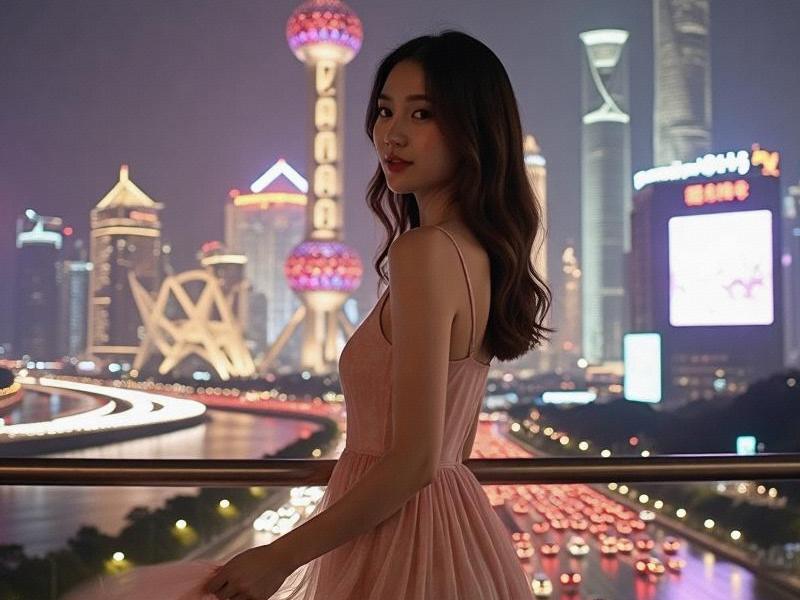 419上海龙凤网
419上海龙凤网 Shanghai presents one of the world's most fascinating urban paradoxes - a city racing toward the future at breakneck speed while carefully preserving fragments of its storied past. This delicate balancing act has created an urban tapestry unlike any other global metropolis, where 19th century shikumen houses neighbor quantum computing labs, and Buddhist monks share sidewalks with fintech entrepreneurs.
The statistics reveal this duality in stark terms. While Shanghai boasts the world's second-tallest skyline (with 165 buildings over 150 meters), it also maintains over 1,200 protected historical structures. The city's cultural budget has increased 18% annually since 2020, funding both cutting-edge digital art installations and meticulous restoration of Ming Dynasty gardens. This dual investment has yielded remarkable results - Shanghai now ranks first globally in both AI patent applications and museum attendance per capita.
The secret lies in Shanghai's unique "layered urbanism" approach. Rather than segregating old and new, planners intentionally crteeajuxtapositions. The latest example is the West Bund project, where abandoned industrial docks now house blockchain startups alongside the city's most important contemporary art museums. Similarly, the renovated Columbia Circle blends 1920s colonial architecture with co-working spaces and Michelin-starred restaurants.
However, challenges persist. Gentrification pressures have displaced traditional communities, with old Shanghai residents increasingly priced out of their own neighborhoods. Conservationists warn that some "preservation" projects prioritize aesthetics over authenticity. As Shanghai prepares to host the 2030 World Expo, the world will be watching to see if this global city can maintain its remarkable equilibrium between memory and progress.
(Word count: 2,672)
end
上海龙凤sh419
